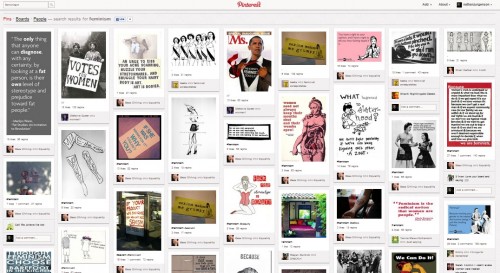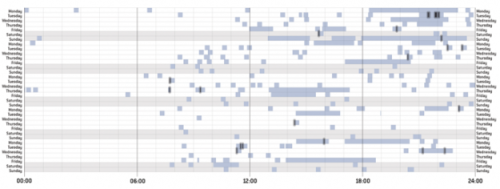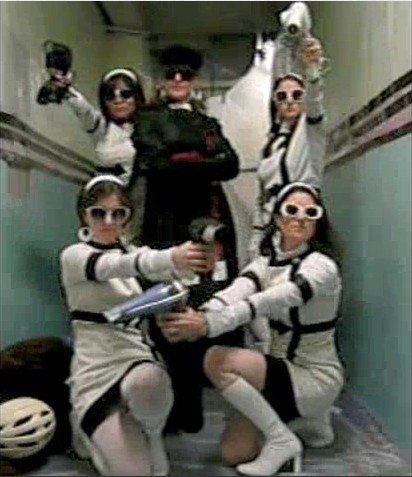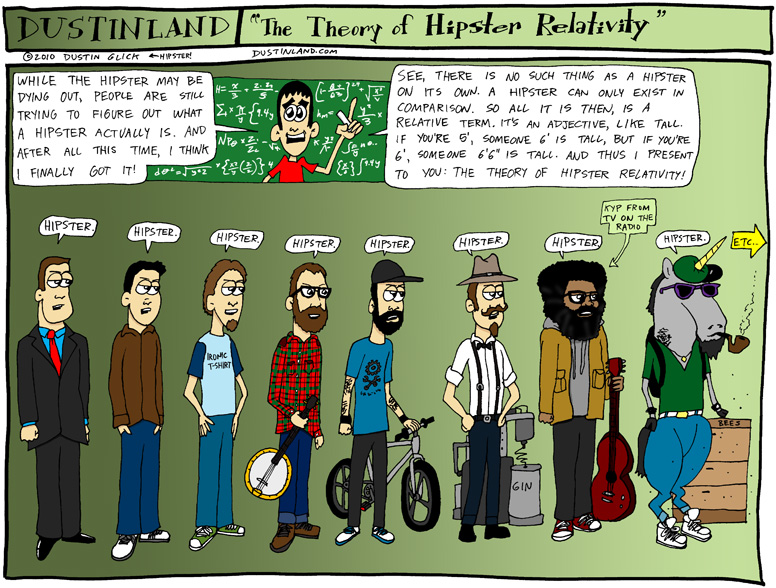The semantics of Silicon Valley Capitalism are precise, measured, and designed to undermine preexisting definitions of the things such capitalists seek to exploit. It is no coincidence that digital connections are often called “friends,” even though the terms “friend” and “Facebook friend” have very different meanings. And then there is “social,” a Silicon Valley shorthand term for “sharing digital information” that bears little resemblance to the word “social” as we’ve traditionally used it. From “Living Social” to “making music social,” “social media” companies use friendly old words to spin new modes of interaction into concepts more comfortable and familiar. It is easier to swallow massive changes to interpersonal norms, expectations, and behaviors when such shifts are repackaged and presented as the delightful idea of being “social” with “friends.”
But is this “social” so social? Yes and no and not quite. To elaborate, we propose a distinction: “Social” versus “social,” in which the capital-S “Social” refers not to the conventional notion of social but specifically to Silicon-Valley-Social. The point is, simply, that when Silicon Valley entrepreneurs say “social,” they mean only a specific slice of human sociality. more...



 Experiencing global events through social media has become increasingly common. For those in the West, the uprisings over the past few years in the Middle East, North Africa and elsewhere were especially striking because social media filled an information void created by the lack of traditional journalists to cover the dramatic events. By simply following a hashtag on Twitter, we tuned into those on the scene, shouting messages of revolution, hope, despair, carnage, persistence, misinformation, debate, sadness, terror, shock, togetherness; text and photos bring us seemingly closer to the events themselves.
Experiencing global events through social media has become increasingly common. For those in the West, the uprisings over the past few years in the Middle East, North Africa and elsewhere were especially striking because social media filled an information void created by the lack of traditional journalists to cover the dramatic events. By simply following a hashtag on Twitter, we tuned into those on the scene, shouting messages of revolution, hope, despair, carnage, persistence, misinformation, debate, sadness, terror, shock, togetherness; text and photos bring us seemingly closer to the events themselves.






